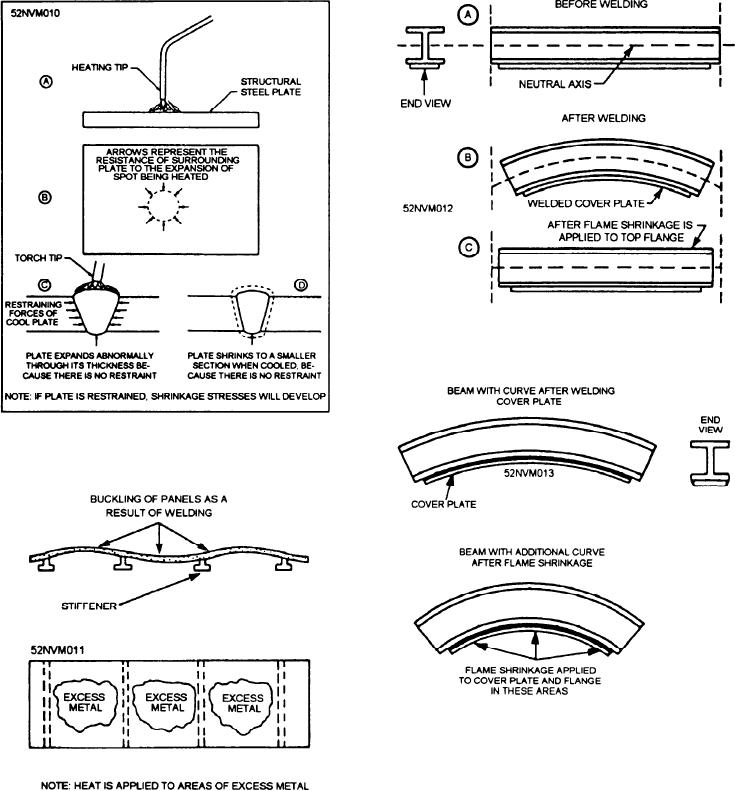
Figure 13-58.--Flame shrinkage used to straighten beam with
a welded cover plate.
Figure 13-56.--Flame shrinkage used to correct distortion.
Figure 13-59.--Developing a curve in a beam.
straight at the start. A wedge-shaped area is marked off
on the web and lower flange with soapstone. The
Figure 13-57.--Flame shrinkage used to control distortion of
wedged area is then heated to a dull red, using one or
panels with welded stiffeners.
more torches. When the wedged area is a dull red,
remove the heat and allow the area to cool. The
resist the load and maintain the curvature. You can
curvature produced should then be noted. Then mark
accomplish this by flame shrinking the beam flange
off other areas and repeat the process until you get the
along with the cover plate.
desired curvature.
Figure 13-60 illustrates the technique of using
This type of flame shrinkage produces the same
flame shrinkage to develop curves in a beam or girder
results as if the entire beam had been heated red hot and
(with or without a cover plate) in such a way that little
or no locked-in stress is developed. The rolled beam is
bent to shape. There will be little or no locked-in stress
13-51

